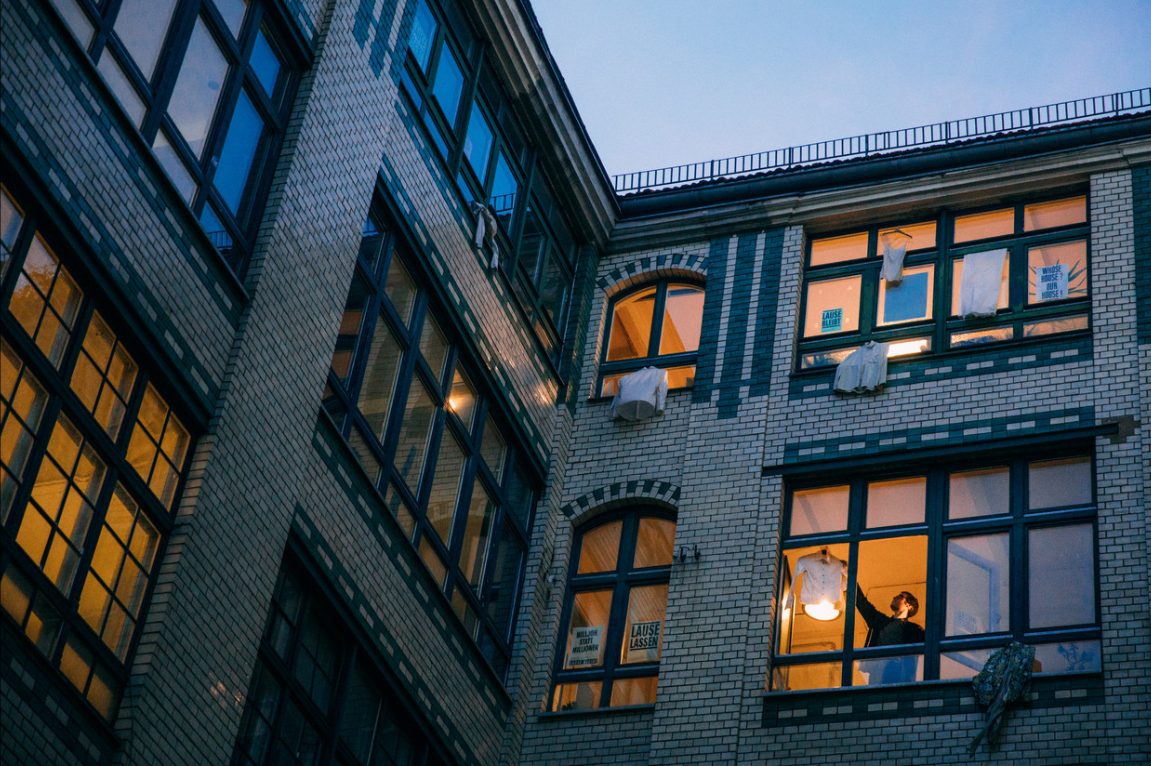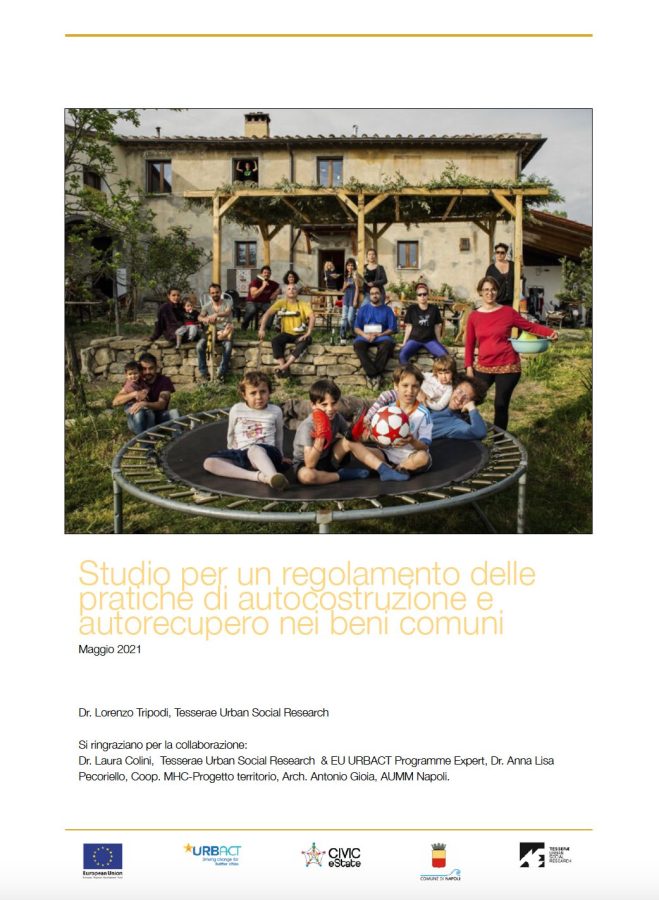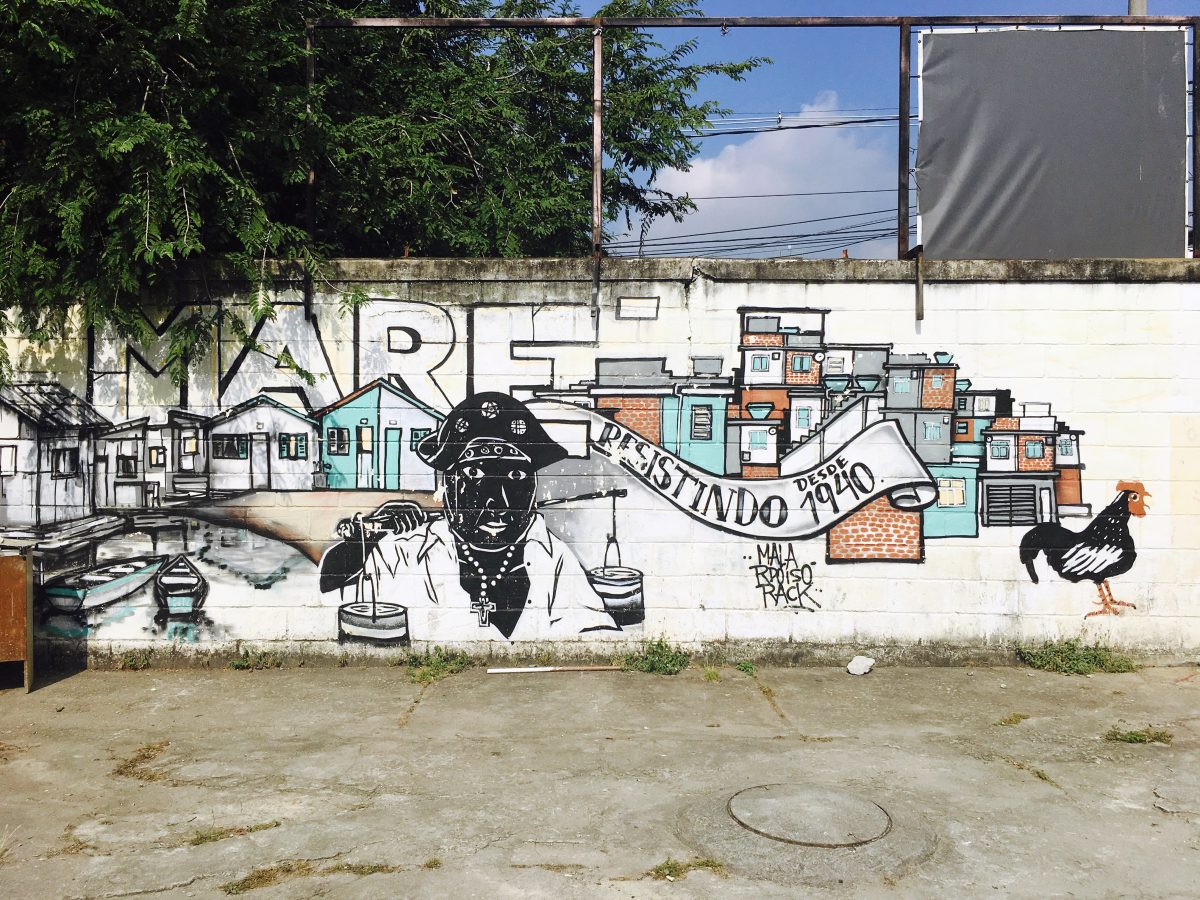
Die Lause
Similarly to other cases in the Berlin-Kreutzberg, the Lause has been threatened by the possibility of an unaffordable rent increase due to the intention of the owner to sell the building to the highest bidder. The complex has been used for both residential and commercial uses, and its inhabitants vary from families, to craftspeople, from artistic collectives to political initiatives, whose work is deeply rooted in the neighbourhood’s fabric. Following the threat of being displaced from their home, the Lause community understood that in order to contest gentrification they needed to collectively self-organise. Based on principles of solidarity and community building, they engaged in a journey marked by the frenetic and chaotic rhythm that tight schedules and exhausting negotiations impose. After more than 5 years of struggle, the Lause was successfully saved, as in 2022 an agreement was reached allowing the Berlin municipality to buy back the property. Now, the Lause is able to maintain its status as an open and non-commercialized space at the neighborhood’s disposal without being threatened by further risks of displacement, as a lease was recently signed granting the residents with a free use of the estate for 65 years.

